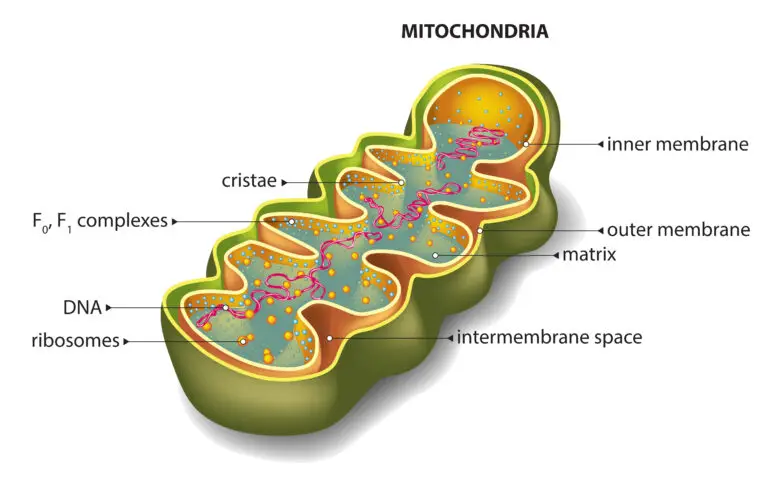Mitochondria

Table of Contents
What is Mitochandria?
Mitochondria are membrane-bound organelles found in the cells of eukaryotic organisms, including plants, animals, fungi, and protists. Often referred to as the “powerhouses of the cell,” mitochondria play a central role in energy production through a process called cellular respiration. They are essential for generating adenosine triphosphate (ATP), the primary energy currency of cells.
Functions of Mitochondria
Double Membrane Structure
Mitochondria have a double membrane structure. The outer membrane surrounds the organelle, while the inner membrane forms folds known as cristae. The space within the inner membrane is called the mitochondrial matrix.
ATP Production (Cellular Respiration)
The primary function of mitochondria is to generate ATP through cellular respiration. This process involves the breakdown of organic molecules, such as glucose, in the presence of oxygen. Mitochondria carry out three main stages of cellular respiration: glycolysis, the citric acid cycle (Krebs cycle), and oxidative phosphorylation.
Glycolysis
Glycolysis, which occurs in the cytoplasm, breaks down glucose into pyruvate and generates a small amount of ATP. Pyruvate is then transported into the mitochondria.
Regulation of Apoptosis
Mitochondria play a role in apoptosis (programmed cell death). They release proteins such as cytochrome c, which triggers a cascade of events leading to cell death.
Endosymbiotic Theory
The endosymbiotic theory suggests that mitochondria originated as free-living bacteria that were engulfed by ancestral eukaryotic cells. Over time, a mutually beneficial symbiotic relationship evolved, leading to the integration of mitochondria into eukaryotic cells.
Related Links
Cellular Respiration
Chloroplast
Prokaryote
Symbiosis